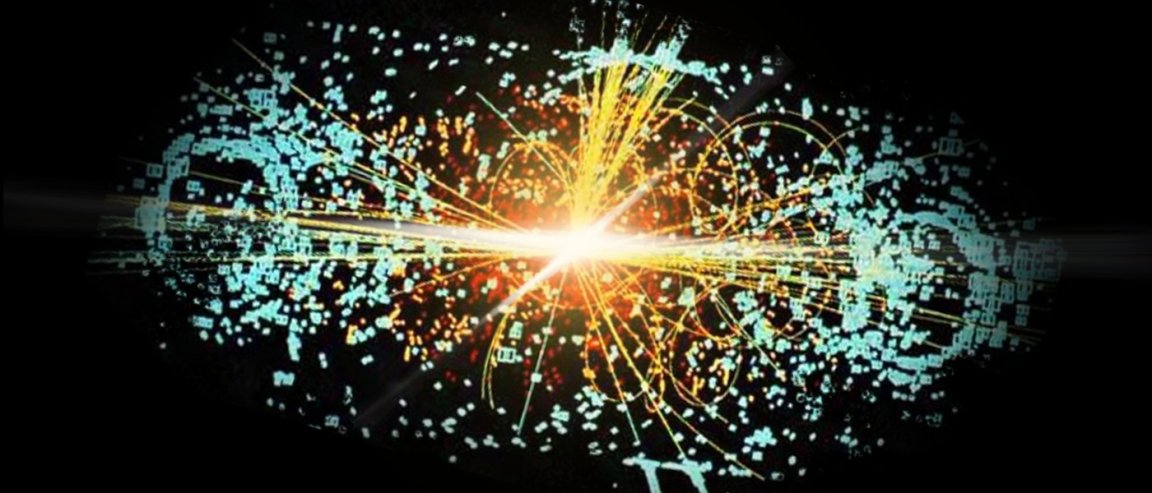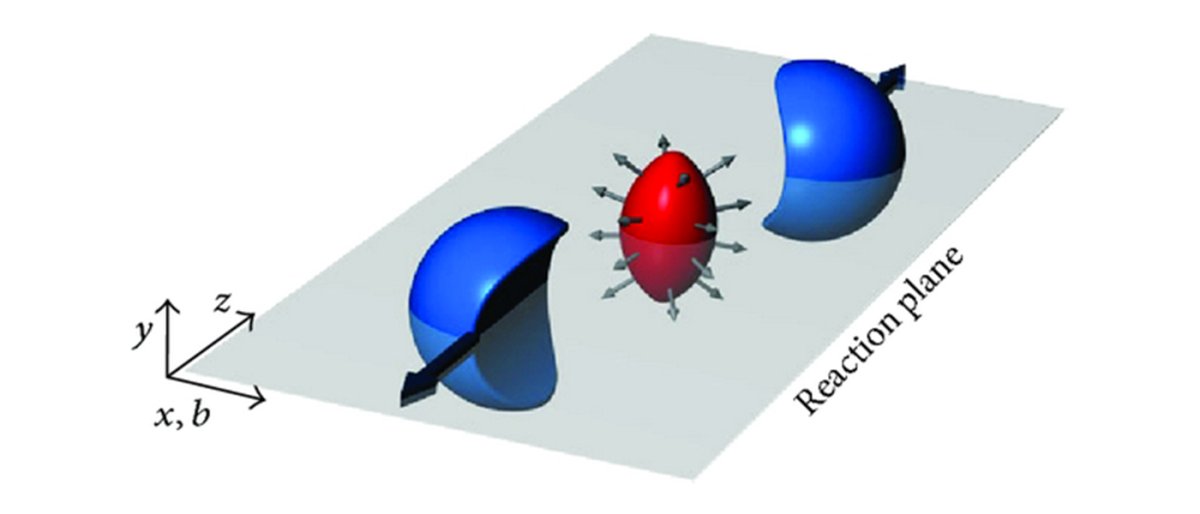
Peering Into the Past
Researchers at the Large Hadron Collider (LHC) at CERN in Geneva, Switzerland, have managed to create a “quark-gluon plasma”—a strange state of matter believed to resemble the primordial soup that existed only a few billionths of a second after the Big Bang.
The giant, 27 kilometer (16.7 mile) long particle accelerator is the most powerful in the world, and only it can generate the appalling energies needed to probe these earliest conditions of our universe.
In the ALICE (A Large Ion Collider Experiment) test runs, the accelerator slams lead nuclei together at record energy levels—5.02 tera electron Volts (TeV), or about 5 trillion electron Volts. When the nuclei collide at a slightly off center angle, they form a football-shaped “droplet” of quark-gluon plasma.
By analyzing the differential pressure in this subatomic ovoid, it was possible to determine its behavior and viscosity.

The Primordial Soup
Surprisingly, the quark-gluon droplet possesses some very unusual properties: it behaves more like a liquid than a gas. And precise measurements of its liquid behavior show that, no matter how exotic its origins, the quark-gluon plasma conforms to all the everyday physics of flowing water.
“It is remarkable that we are able to carry out such detailed measurements on a drop of ‘early universe,’ that only has a radius of about one millionth of a billionth of a meter,” observes Jens Jørgen Gaardhøje, head of the ALICE experiment at the Niels Bohr Institute at the University of Copenhagen.
“The results are fully consistent with the physical laws of hydrodynamics, i.e. the theory of flowing liquids, and it shows that the quark-gluon plasma behaves like a fluid. It is however a very special liquid, as it does not consist of molecules like water, but of the fundamental particles quarks and gluons.”
Quarks are the building-blocks, so to speak, of hadrons (which include protons and neutrons); they are the “atoms of atoms.” Gluons are the particles that bind or “glue” quarks together into hadrons (see here for a particle physics primer).
So this exotic quark-gluon fluid is just a watery mishmash of the innards of subatomic particles, and it is thought that this fluid formed the primordial soup whence the universe ultimately condensed.
That means that these remarkable, high-energy experiments at the LHC are permitting us a glimpse into the very earliest conditions that existed in the immediate aftermath of the Big Bang; we know now, for instance, that in the first, infinitesimal fractions of a second after the birth of our universe, it was a liquid composed of the constituent particles of matter.
And this is, of course, merely the beginning of the search. Our understanding of the quark-gluon plasma is far from complete, and the LHC certainly has more surprises in store for us. Scientists hope to use it to probe matter at ever higher energies, and peer ever further back in time.